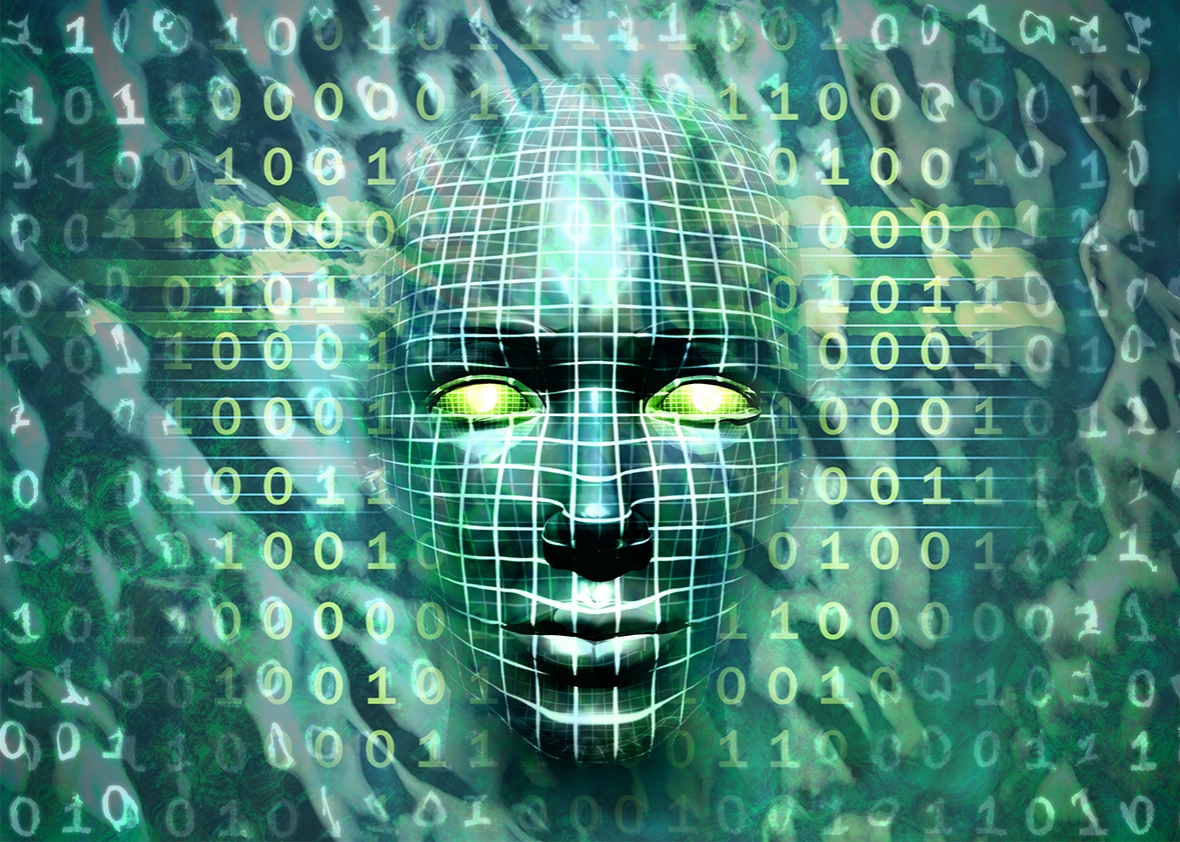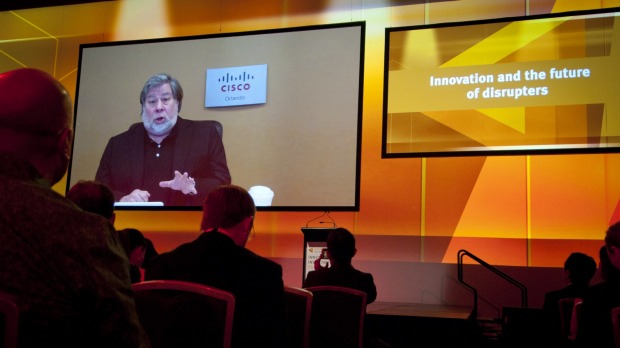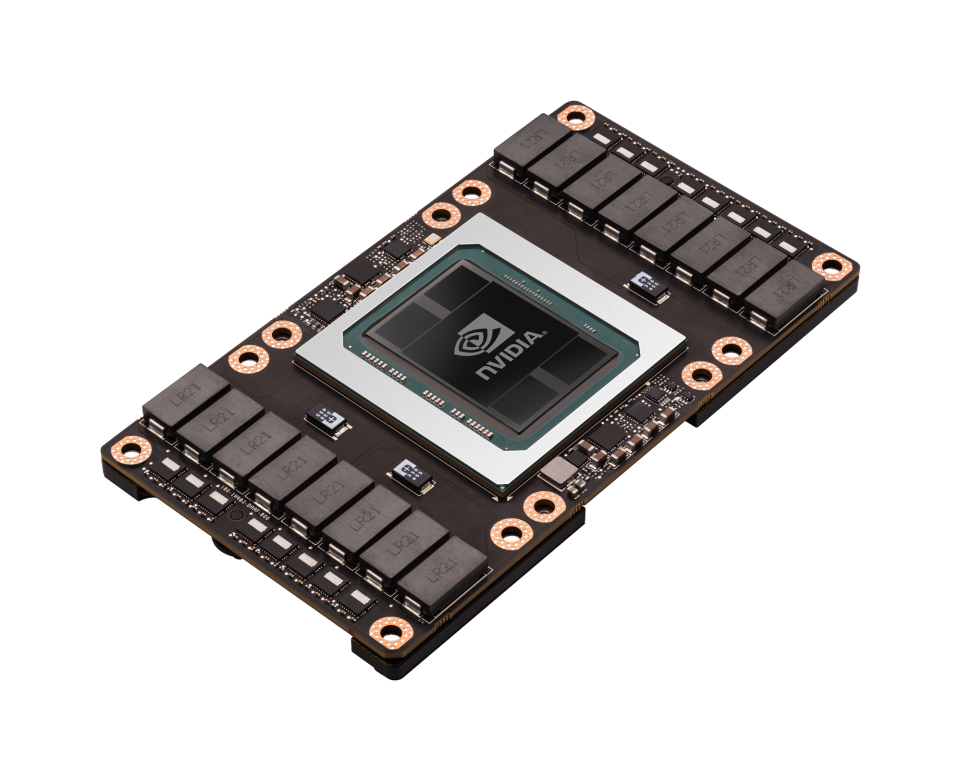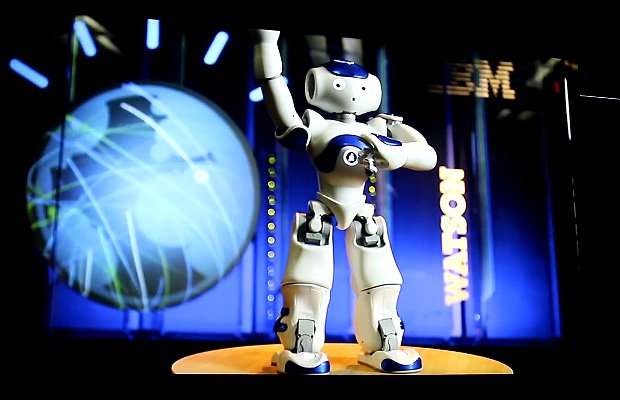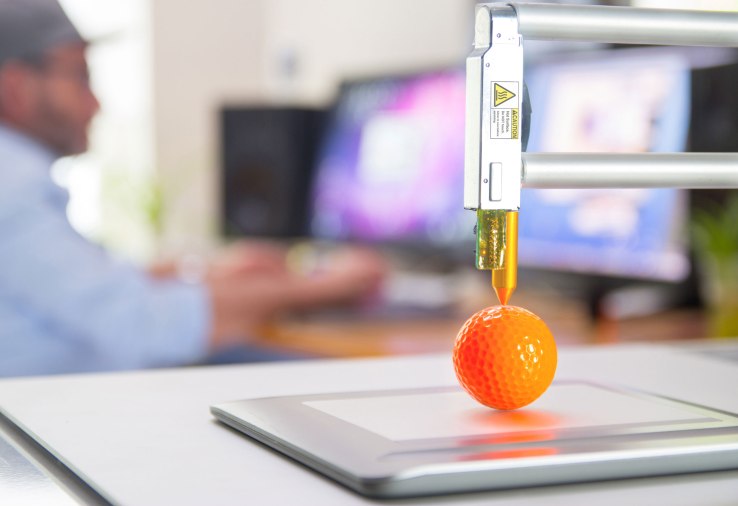What’s needed for AI’s wide adoption is an understanding of how to build interfaces that put the power of these systems in the hands of their human users. What’s needed is a new hybrid design discipline, one whose practitioners understand AI systems well enough to know what affordances they offer for interaction and understand humans well enough to know how they might use, misuse, and abuse these affordances.
Category Archives: Technology
The War on Stupid People
I just read this great article in the Atlantic.
80 MILLION Americans have an IQ of 90 or below. What is your first gut reaction about those people when you hear that?
Throughout human history, the most valuable substance on Earth has been… the human brain. Even the dimmest of humans can be taught to do tasks that we still have trouble getting machines to do.
But that is changing rapidly. And just like jobs that require “muscle” (agriculture, manufacturing) have mostly disappeared, jobs that require structured thought (finance, law) are starting to disappear as well.
So that piece of wetware in your skull is going to be scrutinized further and further, as its economic value plummets and your worth as a cog in the GDP falls with it.
Source: The War on Stupid People
What to do with billions of useless humans?
“AI today is able to diagnose your personality and emotional state by looking at your face and recognizing tiny muscle movements. It can tell whether you are tired, excited, angry, joyful, in love … it can tell these things even though AI itself doesn’t feel anger or love.
”In the future, therefore, AI could “drive humans out of the job market and make many humans completely useless, from an economic perspective” in areas where human interaction was previously considered crucial, Harari said.
“In customer services departments they have started using AI to assess the emotions of people who are calling,” he said. “AI analyzes the tone of your voice and choice of words … and recognizes both your personality type and also your immediate emotional condition.”
Stuart Russell interviewed about A.I. and human values.
The worst thing is a machine that has the wrong values, but is absolutely convinced it has the right ones, because then there’s nothing you can do to divert it from the path it thinks it’s supposed to be following. But if it’s uncertain about what it’s supposed to be following, a lot of the issues become easier to deal with because then the machine says, OK, I know that I’m supposed to be optimizing human values, but I don’t know what they are. It’s precisely this uncertainty that makes the machine safer, because it’s not single minded in pursuing its objectives. It allows itself to be corrected.
Source: Stuart Russell interviewed about A.I. and human values.
Apple co-founder Steve Wozniak: Artificial intelligence revolution is near
“We’re just at the verge of where the machines may take off and go much further than even we humans could make them go.
It is a new revolution in my mind, the revolution of artificial intelligence, machines that will learn, that will be able to do things much better than we know how to tell them.”
Source: Apple co-founder Steve Wozniak: Artificial intelligence revolution is near
AI, MD: How artificial intelligence is changing the way illness is diagnosed and treated | ZDNet
Think of a new parent unsure if their baby’s rash is just a skin condition or an early sign of meningitis, or someone with a sports injury not sure if they’ve sprained their ankle or ruptured a ligament.
Using a setup similar to Siri or Cortana, the individual could talk directly to an app, listing their symptoms and concerns, and be advised whether to take a couple of aspirin or get themselves to the emergency room.
Source: AI, MD: How artificial intelligence is changing the way illness is diagnosed and treated | ZDNet
‘Miracle’ Computer Chip Gives Big Boost to Artificial Intelligence
Computer chip giant Nvidia has developed a “miracle” chip that is expected to significantly accelerate breakthroughs in artificial intelligence research.
Nvidia’s Tesla P100 chip crams in 15 billion transistors within its 610-square-millimeter frame, around three-times more than most processors or graphics chips on the market.
According to the company’s CEO, this makes the Tesla P100 the largest computer chip ever made.
Source: ‘Miracle’ Computer Chip Gives Big Boost to Artificial Intelligence
IBM’s Watson Cognitive AI Platform Evolves, Senses Feelings And Dances Gangnam Style
Watson is more capable and human-like than ever before, especially when injected into a robot body. We got to see this first-hand at NVIDIA’s GPU Technology Conference (GTC) when Rob High, an IBM fellow, vice president, and chief technology officer for Watson, introduced attendees to a robot powered by Watson. During the demonstration, we saw Watson in robot form respond to queries just like a human would, using not only speech but movement as well. When Watson’s dancing skills were called into question, the robot responded by showing off its Gangnam Style moves.
This is the next level of cognitive computing that’s beginning to take shape now, both in terms of what Watson can do when given the proper form, and what it can sense. Just like a real person, the underlying AI can get a read on people through movement and cognitive analysis of their speech. It can determine mood, tone, inflection, and so forth.
Source: IBM’s Watson Cognitive AI Platform Evolves, Senses Feelings And Dances Gangnam Style
IBM Looks to Make Watson More Humanlike
Watson and other systems, as they become more intelligent, “will have to communicate with us on our terms,” he said. “They will have to adapt to our needs, rather than us needing to interpret and adapt to them.”
They will have to not only understand the questions humans ask and the statements they say, but will have to be able to pick up on all the visual and other non-verbal cues—such as facial expressions, the emphasis placed on words in a sentence and the tone of the voice—that people do in the normal course of interactions they have with each other. High wants to “change the role between humans and computers.”
The funny things happening on the way to singularity | TechCrunch
It seems more obvious every day that man and machine are quickly assimilating. The transparency that’s inherent in technology will eventually destroy privacy. Automation will eventually eliminate the need for human labor. There’s a short window of time between then and now. We need a master plan for how we’ll manage the disruption that goes along with it.
Source: The funny things happening on the way to singularity | TechCrunch

